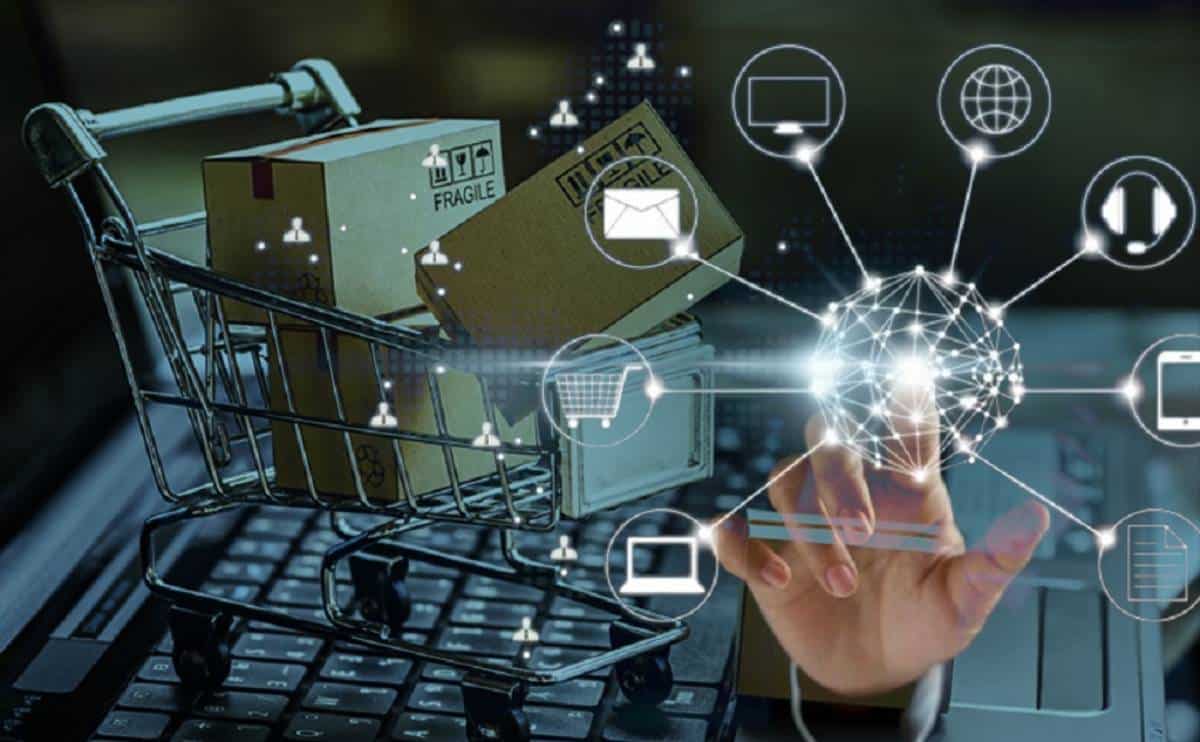
An Introduction to Privacy-Enhancing Technologies in E-commerce
In a world where digital footprints are growing larger every day, privacy is no longer a luxury—it’s a necessity. When you shop online, sign up for newsletters, or enter payment information, you might ask, “How safe is my information?” Welcome to the fascinating world of privacy-enhancing technologies (PETs).
If you run an e-commerce business or shop online, knowing about PETs helps you make safer choices. Ready to demystify the tech keeping your data safe? Let’s dive in.
Why Privacy Matters More Than Ever
Before we get technical, let’s talk about the “why.”
Data breaches, identity theft, and intrusive tracking have made consumers wary. A 2023 Statista study found that over 70% of online shoppers worry about how companies manage their data.
Running an e-commerce store means that strong privacy measures are key. They help you comply with laws and build trust and loyalty with customers. If you’re a shopper, understanding your privacy rights ensures you stay protected.
That’s where privacy-enhancing technologies come in.
What Are Privacy-Enhancing Technologies (PETs)?
PETs are tools and methods that protect personal data, even during use.
Picture wearing an invisibility cloak while shopping in a busy market. You can look around, grab what you want, and no one can track you. That’s what PETs do for your online presence.
Primary Goals of PETs
- Minimise Data Collection: Only collect what’s necessary.
- Anonymise and Encrypt: Make data unreadable to outsiders.
- Enable Secure Sharing: Allow data to be used without compromising privacy.
Types of Privacy-Enhancing Technologies in E-Commerce
Here are the main types of e-commerce privacy tools you might see or need to use!
1. Encryption
Encryption is like putting a letter in a safe that can’t be opened. Then, you send it through the mail.
- End-to-End Encryption: Only the sender and receiver can read the message.
- SSL/TLS Protocols: Secure websites (those with “https”) protect your browsing sessions.
When you enter your card details on a secure checkout page, SSL scrambles your information to prevent hackers from intercepting it.
2. Differential Privacy
This technique adds “noise” or random data to datasets. This makes it hard to spot individuals.
- Use Case: E-commerce companies can analyse buying trends without revealing specific customer identities.
Fun Fact: Tech giants like Apple and Google use differential privacy. This method helps them gather useful data while keeping user identities safe.
3. Zero-Knowledge Proofs
Sounds mysterious, right? It lets one party show another that a statement is true. They don’t have to share any other information besides the statement is true.
- Example: Proving you are over 18 without revealing your exact birthdate.
Imagine checking into a bar without showing your ID — just proving you’re of age.
4. Anonymous Payment Systems
These systems allow transactions without revealing personal financial information.

- Options:
- Cryptocurrencies like Bitcoin
- Privacy coins such as Monero
- Services like Apple Pay that tokenise card details
Practical Tip: Offering anonymous payment options can attract privacy-conscious customers.
5. Secure Multi-Party Computation (SMPC)
In SMPC, several parties can work together to compute a function. They do this while keeping their inputs private.
- Example: Collaborating on a supply chain forecast without revealing sensitive business data.
Although still an emerging area, SMPC could revolutionise e-commerce partnerships and analytics.
Benefits of Adopting PETs in E-commerce
Implementing privacy-enhancing technologies isn’t just about ticking a regulatory checkbox. It offers tangible business and consumer benefits:
Build Customer Trust
Customers are more likely to buy from brands they trust. Simple.
Enhance Compliance
Global regulations like GDPR and CCPA are getting stricter. PETs help you stay ahead.
Reduce Breach Risks
Strong privacy practices minimise the risk and impact of data breaches.
Gain Competitive Advantage
In a crowded e-commerce market, privacy can be your secret weapon to stand out.
Real-World Example: Have you checked out DuckDuckGo? It’s a search engine that prioritises privacy and stands out in a crowded market. That’s the power of privacy branding.
Challenges in Implementing PETs
Of course, it’s not all smooth sailing.
Technical Complexity
Some PETs, like secure multi-party computation, are highly technical and resource-intensive.
Balancing Privacy with User Experience
Adding too many privacy layers can slow down your website. This may drive customers away.
Pro Tip: Start small. Encrypt communications and secure checkout processes first, then introduce more sophisticated tools gradually.
Cost Considerations
Advanced PETs can be expensive to implement. However, the cost of a data breach is often far higher.
How E-commerce Businesses Can Get Started
Here’s a simple guide to adding e-commerce privacy tools to your business:
- Audit Your Data Collection
- What data are you collecting?
- Why do you need it?
- Prioritise Essential Tools
- Start with encryption, SSL certificates, and basic anonymisation techniques.
- Educate Your Team
- Privacy isn’t just IT’s responsibility. Everyone should understand the basics.
- Be Transparent With Customers
- Update your privacy policies.
- Offer clear opt-in/opt-out choices.
- Stay Updated
- Privacy tech is evolving. Keep an eye on new trends and regulations.
Future Trends in Privacy-Enhancing Technologies
The future of PETs in e-commerce looks promising — and incredibly exciting.

- AI and Machine Learning Integration: Privacy-preserving AI models are in the works.
- Blockchain for Supply Chain Transparency: Ensuring ethical sourcing while maintaining supplier confidentiality.
- Homomorphic Encryption: Performing calculations on encrypted data without decrypting it first.
Imagine personalising your shopping experience without ever “seeing” your private data. It’s closer than you think!
Conclusion: Privacy is the New Currency
In the bustling realm of e-commerce, privacy-enhancing technologies are essential. They’re not just optional frills; they forge trust and solidify your brand’s reputation.
As a business owner or a buyer, knowing about PETs is key for safety.
P.S. Coming soon: A buyer’s guide to the best ecommerce privacy tools for 2025. Stay tuned!


